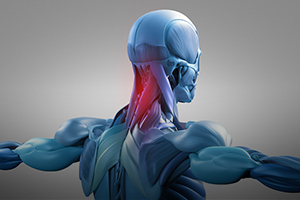Superstrong Soft Robots
 Harvard researchers have developed a new approach to designing artificial muscles that could revolutionize soft robotics by using air or water pressure to lift up to 1,000 times their own weight. And unlike previous soft robots in which material selection has often resulted in a trade-off between softness and strength, the new “muscles” can be made more robust without sacrificing performance.
Harvard researchers have developed a new approach to designing artificial muscles that could revolutionize soft robotics by using air or water pressure to lift up to 1,000 times their own weight. And unlike previous soft robots in which material selection has often resulted in a trade-off between softness and strength, the new “muscles” can be made more robust without sacrificing performance.
Each actuator has an inner skeleton, the shape and composition of which determines how the structure moves – for example, a metal coil or a sheet of plastic that’s folded into a specific pattern. The “skeleton” is surrounded by air or fluid, which is sealed in a plastic “skin.” A vacuum applied to the inside of the skin then causes it to collapse, creating tension that drives the motion. Some of the prototypes that have been developed are capable of contracting down to 10 percent of their original size, and one 2.6-gram “muscle” was demonstrated to lift a 3-kilogram object.
Since the movement is determined by the design of the skeleton, there is no need for a control system. This makes the new muscles more compact and lightweight, while greatly simplifying the algorithms to drive them. They are inexpensive to make – costing about one dollar in materials and ten minutes to construct. And the design is scalable; that is, the performance holds up whether they are a few millimeters or several meters in size, making them adaptable for a variety of applications, from the surgical suite to the construction site.
For information: Robert Wood, Harvard University, School of Engineering and Applied Sciences, 149 Maxwell Dworkin Building, 29 Oxford Street, Cambridge, MA 02138; phone: 617-496-1341; email: rjwood@seas.harvard.edu; website: https://www.seas.harvard.edu/